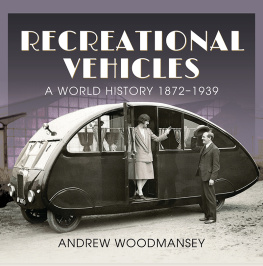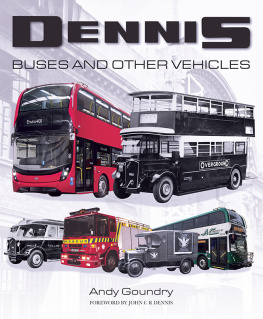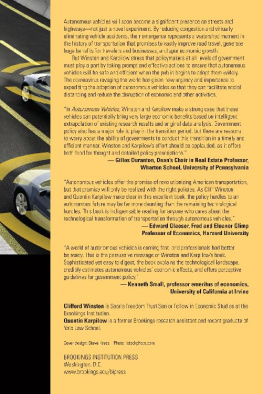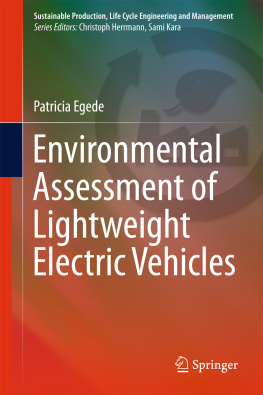Pagebreaks of the print version

The summit of Pike of Stickle, Langdale, Cumbria, and one of the axeheads from the Belmont hoard (Image P. Topping)
Recreational Vehicles
A World History 1872-1939
First published in Great Britain in 2022 by
Pen & Sword Transport
An imprint of Pen & Sword Books Ltd
Yorkshire - Philadelphia
Copyright Andrew Woodmansey, 2022
ISBN 978 1 52679 245 7
eISBN 978 1 52679 246 4
The right of Andrew Woodmansey to be identified as Author of this work has been asserted by him in accordance with the Copyright, Designs and Patents Act 1988.
A CIP catalogue record for this book is available from the British Library.
All rights reserved. No part of this book may be reproduced or transmitted in any form or by any means, electronic or mechanical including photocopying, recording or by any information storage and retrieval system, without permission from the Publisher in writing.
Pen & Sword Books Ltd incorporates the Imprints of Pen & Sword Books Archaeology, Atlas, Aviation, Battleground, Discovery, Family History, History, Maritime, Military, Naval, Politics, Railways, Select, Transport, True Crime, Fiction, Frontline Books, Leo Cooper, Praetorian Press, Seaforth Publishing, Wharncliffe and White Owl.
For a complete list of Pen & Sword titles please contact:
PEN & SWORD BOOKS LIMITED
47 Church Street, Barnsley, South Yorkshire, S70 2AS, England
E-mail:
Website: www.pen-and-sword.co.uk
Or
PEN AND SWORD BOOKS
1950 Lawrence Rd, Havertown, PA 19083, USA
E-mail:
Website: www.penandswordbooks.com
Half title page image: Noel Pemberton Billings Road Yacht (UK, 1927)
Title page image: A contemporary sketch of the Grande Diligence of PrinceOldenburg (France, 1896)
Image captions include location and year of the image in brackets (where known).
PREFACE
T he term recreational vehicle is a relatively modern one. It was in use in America by 1940, but it neatly captures a family of vehicles that began to appear on the roads of Europe and America over 130 years ago. Definitions of a recreational vehicle vary, so for clarity this book defines a recreational vehicle, or RV for short, as a road vehicle that contains sleeping facilities and is used for leisure. Todays RVs include caravans (travel trailers in the USA), motorhomes, camper trailers, teardrops, fifth wheelers and many others. All are the descendants of a small number of horse-drawn RVs dating back to the late 1800s. There is no distinction made in this history between todays two major RV categories, the caravan and the motorhome, since each is an RV, distinguished only by the presence or absence of an engine. The shifting preferences between the two over time is part of RV history. This book focuses on the important formative years of RV development in several countries from 1872 until the start of the Second World War.
Recreational Vehicles: A World History 1872-1939 has been written for three main reasons. Firstly, evidence of the early history of the RV is disparate and fragmented. The stories of the RV pioneers are fading along with the memories of their descendants, suggesting that early RV history needs to be captured whilst there is still time. Thanks to the untiring efforts of digital archivists in the last decade or so, pieces of the RV jigsaw puzzle have been preserved and await assembly by the patient historian. The research for this book has revealed hitherto unknown RVs from the late 1800s and early 1900s some early RV photographs or engravings are reproduced here in print for the first time.
Secondly, an international history of the RV has to the authors knowledge never previously been published. This book features a selection of early RVs from the six main countries that have adopted the RV: the UK, France, USA, Germany, Australia and New Zealand. Early French and German RVs are described in English probably for the first time, re-balancing the Anglocentric coverage of RV history to date. An international approach to RV history allows an illuminating comparison between RVs of different countries, highlighting differences but also similarities in vehicle design and leisure cultures.
Thirdly, early RVs are better understood if seen in their original context. By featuring only period black and white photographs, each RV can be seen in its own place and time. Many photographs feature proud builders, owners or hirers, offering a glimpse into the scenes, fashions and customs of the time and an insight into a less-explored part of our leisure history.
The book is not an RV catalogue or an index of RV manufacturers. Instead, it is a curated selection of early RVs from countries where these vehicles have become part of the leisure culture. Each RV illustrates a significant milestone in the development of RV use, design or engineering. Some special purpose coaches, caravans and motorhomes are featured in the final chapter, showing how these machines have been adapted to purposes beyond leisure.
Semi-permanent mobile homes are not included, since they are generally used as low-cost housing and thus not recreational in the sense used here. Similarly, gypsy caravans are included only as a design and lifestyle reference for early British caravanners, since they too were not recreational. The development and use of dedicated RV parks is not discussed. Regretfully, due to space constraints or scarcity of historical records, some countries with a known history of early RV manufacturing and use such as the Netherlands, Denmark, Italy and Canada have not been included.
Source material comes from national, regional and local libraries around the world as well as the archives of motoring and RV organisations. Private collectors of RV publications and memorabilia have made an invaluable contribution to this history. Records are being updated continuously, so it is a certainty that further details of early RVs will come to light in the years ahead. This is to be welcomed, since new discoveries will further enrich the history of the RV.
It is hoped that the international, curated and contextual approach of this book will widen its appeal beyond a specialist RV audience to anyone interested in transport and leisure history.

Advertising for Eccles caravans (UK, c1926)
INTRODUCTION
T he RV is an enigma. In some countries it is unheard of, but in others it is highly popular. Reaction to the RV ranges from bemusement to enchantment, from wariness to pride. In the six main countries covered by this book, there are today estimated to be about 15 million RVs, of which about 10 million are in the USA. They come in all shapes and sizes and are used by families, couples, singles, millionaires, workers, grey nomads and members of the van life and tiny house movements. Those that own an RV today see it as an affordable, low impact, self-contained and healthy way to enjoy a holiday. So, what is the appeal of the RV and why do we need to know about its history?
On a practical level the RV offers the traveller the opportunity to experience the outdoor life in home-like levels of comfort. On a broader level it offers freedom. Freedom from the schedules of trains, planes and ships, freedom to explore new places whilst sleeping somewhere familiar, freedom to abandon urban existence and reconnect with nature. The RV is a small house on wheels that allows its occupants to vary at will their surroundings, their schedules and their companions.














